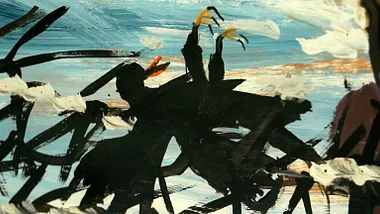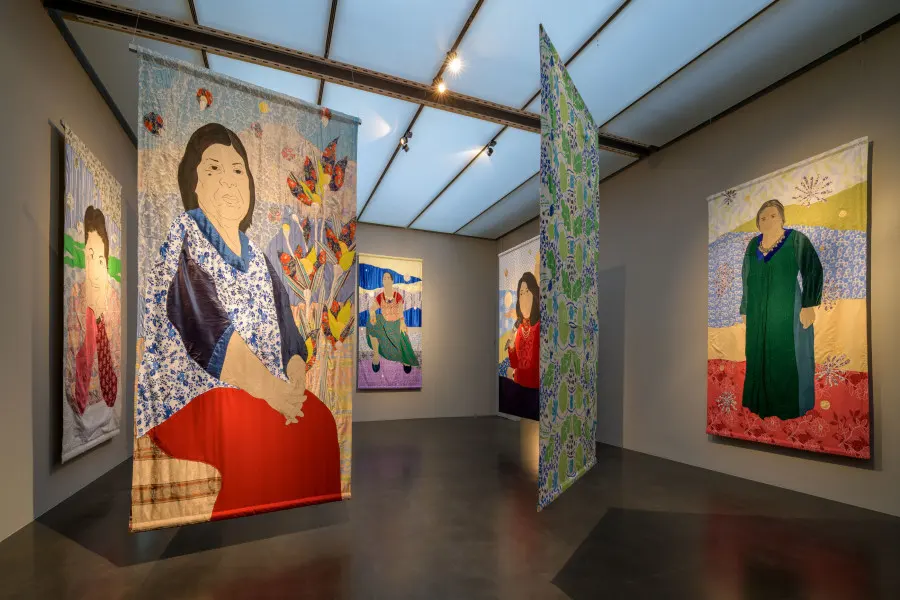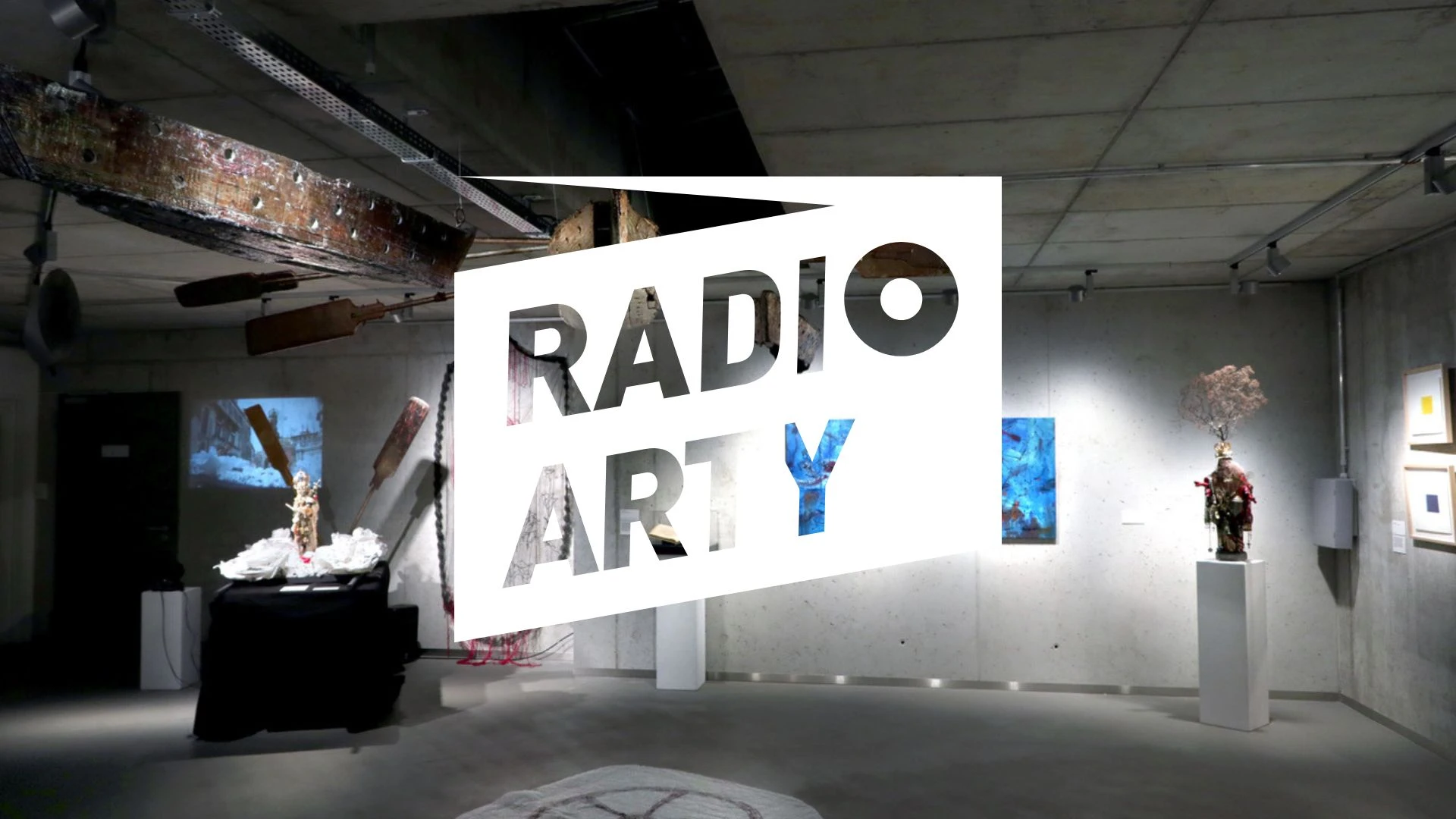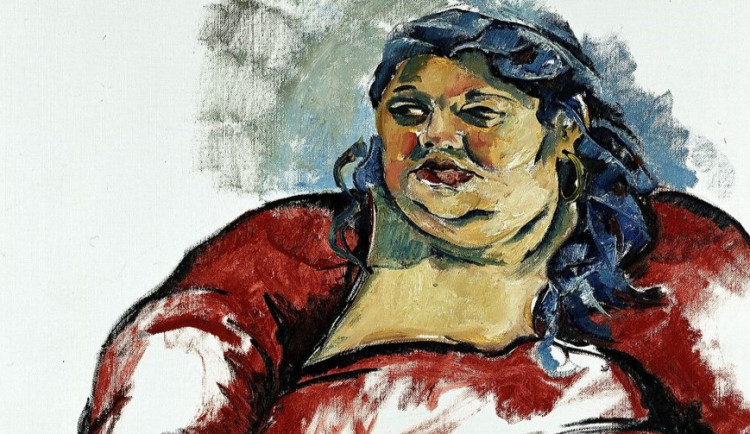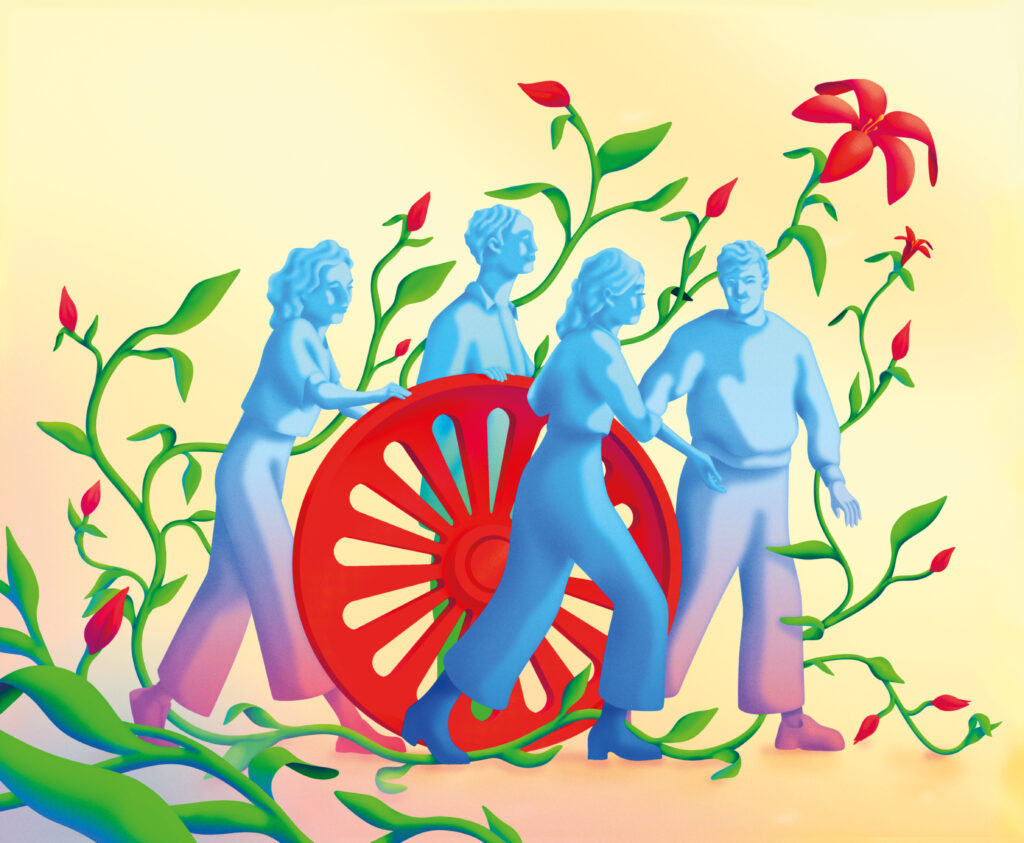What is the power of words, culture and art in creating a feeling that one belongs somewhere and can be proud of oneself? This is a question that concerns not only minorities in Czech schools. The way to do this can be social support from the environment and art. For Roma students, it is offered, for example, by the Ara Art organization, which is dedicated to activist culture, or the Kher publishing house, which publishes children’s books on Roma themes. How to ensure that children’s talent and potential do not go to waste?
Roma children make up roughly three percent of all students in Czech schools. However, they are not enrolled evenly. According to PAQ Research data, in 2023 there were approximately 130 segregated schools where Roma made up at least a third of the students.

